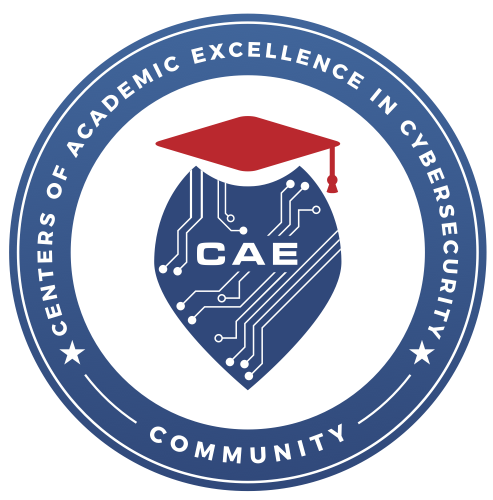Home | Advancing Technology Degrees | Game design
UAT has one of the only fully accredited game design programs that boasts connections to a full continuum of game studies degrees, including: Game Design degree, Game Art and Animation degree and Game Programming degree. Game Design degree students at UAT enjoy the ability to build and create complete game design projects with fellow students and faculty collaborating from across the game studies program family.
Check out some of this semester’s Game design courses and gear up for fresh challenges. Unlock new skills and power up your education.
This course is an introduction to advanced critical techniques and approaches to game design, analysis of games and game theory. Using techniques of critical theory, ludology and semiotics, students will explore the structure of games, interaction with the user and how games balance rules with freedom and risk with reward. This course will also delve into interface design, user control issues, data representation for the gamer and feedback loops. Present and future game genres will be examined and compared and contrasted among different platforms and styles of play.
Game scripting is a basic requirement for the development of games of all genres and sizes. From basic level scripting to AI, games have many layers of high-level scripting in them. This course aims to teach how designer will integrate their scripts into a game, and how they can have a direct impact on the game’s direction and play through their high-level scripting. Through the class, the students will use multiple scripting languages to directly modify pre-existing games. Game projects will include standalone projects and mods to previous games.
This project-oriented class involves producing game levels for a variety of 2D and 3D engines with a focus on pacing, risks vs. rewards, designing for difficulty level and storytelling. Students will create and concept several projects and learn basics of geometry, texturing, lighting and interactive scripting as well as playtesting and optimizing for various engines and environments.
In this course, students will take on the role of a game system designer. Game system designers are responsible for developing the core gameplay mechanics and systems of games. Students will design game mechanics and systems for new and existing games across multiple genres and platforms. Students will also learn how to model complex systems and economies both visually and mathematically and apply systems thinking to balance game systems.
Game monetization involves building games that must earn money to survive. As the industry moves forward, monetization strategies change and this puts a constraint on the design process. Being able to recognize these processes and constraints allows the design to embrace monetization design and create games that work within the new and evolving monetization models. This course will explore both the design patterns used for different types of game monetization as well as monetization deployment strategies used by the game industry.
Game development must accommodate constraints from many aspects of development. These include the deployment of the project for a public release as well as internal processes and practices, from business needs to technology concerns. This course will explore what is needed to deploy game projects on multiple platforms and services. It will also look at the processes linked to SKUs. localization, ratings, regulations, and other external constraints that a developer must deal with when publishing a game project. Internal aspects such as business, advertising, and technology constraints will also be addressed.
Educating the next wave of innovators, our faculty leverage their experiences to mentor students to lead innovations and solve challenges in advancing technology.
UAT’s Synchronic Learning model provides an education framework that prepares superior graduates to become tomorrow’s innovators. This model embodies UAT’s methodologies, curricula and community dedicated to fostering an environment of innovation that promotes demonstrated mastery and job readiness.
How does UAT prepare superior graduates? Students are required to participate in projects that solve real problems. UAT requires students to innovate and create a working proof of concept that’s never been done before. Students complete internships, community projects and apprenticeship experiences to cultivate their ability to succeed in the workplace.

Network Security curriculum certified by the US National Security Agency's Information Assurance Courseware Evaluation program
